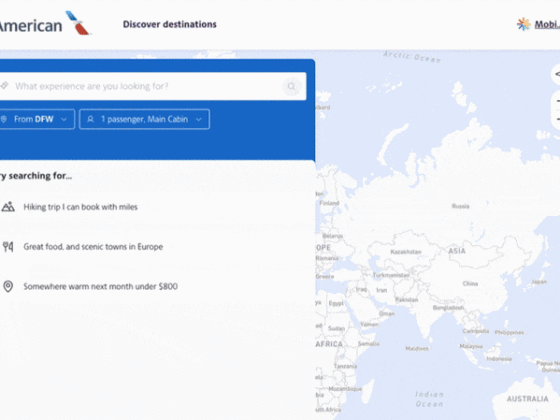Driving impactful digital transformation requires more than technology; it requires organizations to rethink their mindset, capabilities, and operating model
Dec 18, 2024
A customer-centric business model redefines the end-to-end business framework by aligning processes, capabilities, and AI applications to meet customer needs. This transformation reshapes the way organizations operate, emphasizing a customer-centric, business-driven, people-driven, and AI-enabled approach to fully realize the potential of digital technologies.
Key takeaways
- Many digital transformations fail or stall in the pilot phase because they lack sufficient ambition. While it’s not necessary to build an entirely new business model all at once, companies need a clear vision of their distinct goals and a roadmap to achieve them;
- To achieve lasting change, companies must break down the transformation journey into manageable digital products, use cases, and supporting initiatives;
- Successful transformations require close collaboration between business and IT teams. By forming small, focused teams of 8-10 members, each bringing unique expertise, companies can prioritize and develop use cases effectively.
Get the full story at McKinsey





